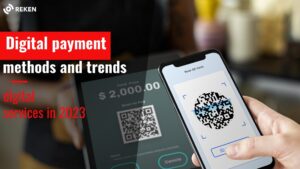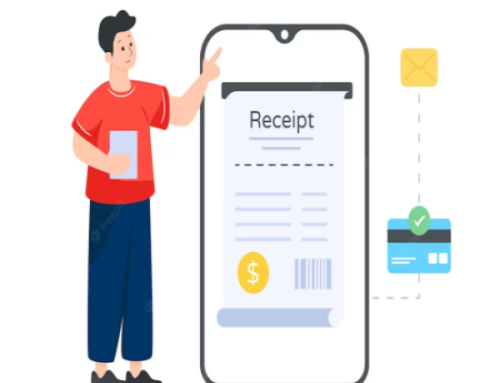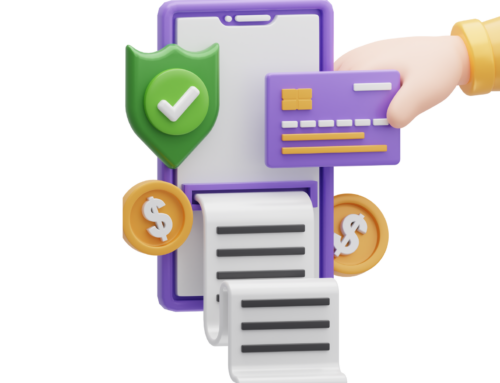A digital payment is the payment of wealth or digital money from one account to the another using digital payment technologies like mobile wallets or mobile payment apps. Electronic payments are another way to talk about digital payments. This implies that both the person sending money and the person receiving it use electronic means to do so.
Digital payment methods
An electronic payment system uses computers to make it easier for two people to exchange money. Electronic payment systems are forcing people to rethink their strategies because more and more people are shopping online. Some types of online electronic payments are:
- Bank transfers
- eChecks
- BNPL (buy now, pay later) options
Apps for mobile payment
Digital payment apps for mobile devices, like smartphones and tablets, let people send money to another person or business. But by end of 2023, we think that mobile P2P apps will be used to do the following:
- Cash App
- Venmo
- PayPal
- Zelle
- Google Pay
Cashless payment
During the pandemic, health restrictions and safety precautions made people more likely to use contactless payment methods. These are digital payment methods that don’t need to be touched, like radio-frequency identification or base station communication.
Contactless payments are made via:
- Near-field communication (NFC) enabled credit and debit cards
- Apple and Samsung Pay are examples of mobile wallets
Electronic payment methods
Machine learning are two of the technologies that have made these digital payment services possible. The more people use their cards, mobile wallets, or apps to buy things, the more machine learning technology can learn from these experiences and make them better over time. This makes the experience safer and protects against fraud more.
Also, NFC and magnetic secure transmission (MST) technology are used for contactless digital payments. NFC technology lets two electronic devices talk to each other from a short distance away. It lets people use their tablets, smartphones, or smartwatches to pay with their mobile wallets. MST technology, on the other hand, sends a magnetic signal from a mobile device to a card reader. Because it works like a credit or debit card’s magnetic stripe, it can be used with most payment processors.
APIs for open banking
Through a third-party application, application programming interfaces (APIs) let legacy banks share data and information. APIs let any company (B2B, B2C, or BaaS) add its products to the platform of a non-financial company.
Open banking providers can find new ways to make money by charging fees based on the services their customers use. They can also sign deals with partners to share data instead of or in addition to these fees, and they can learn from their customers how to make their own services better.
Biometric authentication
Biometric verification is any way that a device can use one or more unique biological traits, such as fingerprints, retinal patterns, voice commands, and signatures, to identify a person.
Biometric verification is employed by mobile applications as well as other digital payment agents in the financial services industry to make sure that a transaction is real. For instance, smartphones can send information with a payment request, such as biometric information about how the person acts. By finding differences between biometric information but also payment behavior, these extra signals will make authentication stronger and fraud detection better.
Mobile apps and some other digital payment agents in the financial services sector use biometric verification to authenticate a transaction. By spotting discrepancies in biometric data and payment behavior, these additional signals will increase authentication’s robustness and improve fraud detection.
Developments in digital payments
People are using digital forms of payment in stores and online, which is bringing new tech to the mainstream. This year, P2P mobile payment users in the US will grow by 9%, reaching 147.6 billion.
Additional trends that will continue to influence the landscape of digital payments include:
- Because of the pandemic, there is still a lot of financial uncertainty, which will keep debit card use high, but growth is expected to stop this year.
- Competitive perks, like lower fees and more ways to pay, will help get people to use their credit cards.
Read more: These credit cards can be used before they arrive in the mail








